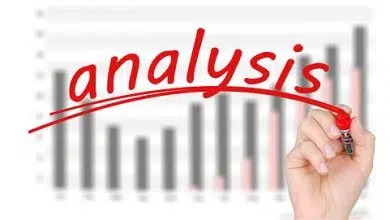With the dawn of Independence India has started marching on towards the goal of a developed economy. The space of development has been quickened with the launching of the First Five Year Plan. Up to now seven plans have been completed. Since 1951 Indian economy has registered considerable progress in different sectors. But now the question is ‘Is India A Developed Country Or A Developing Country?’ Let us have some statistics. The following facts will prove that Indian economy is passing through the path of economic development. India is still a developing country and not a developed country.
How India Is Still A Developing Country And Not A Developed Country
1. Increase in national income : The national income at 1980-81. prices which stood at Rs. 48,054 crores in 1951, increased to 1,74,798 crores in 1990. Similarly, the annual growth rate in national income has increased from 2% in 1951 to 5.5% in 1990.
2. Increase in per-capita income : During, the plans the per capita income also increased considerably, At 1981, prices the growth rate in per capita income stood at 1.8% during the first plan. By the end of seventh, plan it has increased to 3.5%. India’s per capita income stood $1,570 in 2013 which is ranked at 112th out of 164 countries.
3. Rise in savings and Investment : The growth rate of savings and investment also increased considerably. The growth rate of savings was 5.5% in 1950-51. In increased to 23.1% in 1990. Similarly, the growth rate of Investment was 5.5% in 1954-51. It increased to 24.1% in 1990 The total net investment in the economy was 3360 crores in the first plan. It increased to 1,80,000 crores in 1990. Gross Saving during 2015-16 is estimated to be about Rs. 4.4 millions crores as against Rs. 4.1 millions crores during 2014-15. Rate of Gross Saving to GNDI for the year 2015-16 is estimated to be 31.6 % as against 32.3 %, estimated for 2014-15.
4. Increase in industrial production : The industrial base of the economy is becoming stronger. Large and complex industrial structures are created. The index of industrial production rise by 32.4% in 1990 as compared.to 54.8% in 1951. If 1980-81 in taken as the base year, industrial production accelerated from 4% per annum during 1965-1980 to 7% Per annum during 1980-90. However, Industrial production in India increased by 2.7 percent year-on-year in March 2017. Besides, industrial production has now become greatly diversified. Basic heavy industries such as iron and steel, chemical industries and machine making industries have shown a remarkably rapid growth..
5. Increase in agricultural production: In agriculture with the advent of the green revolution, the production of food grains has increased tremendously. It had increased from 55 million tonnes to 177 million tonnes in 1992-93. Remarkable progress in acreage and production are recorded for 2013-14. As per the 3rd Advance Estimates, the acreage under food-grains has increased to about 126.2 million hectare and to 28.2 million hectare under oil-seeds. The agricultural practices and methods show signs of modernization with more irrigation facilities and greater use of fertilizers, tractors, hybrid seeds and agricultural implements.
6. Infrastructure: There has been remarkable increase in the infrastructure aiding development. In transport, irrigation, power, banking etc, the economy witnesses tremendous increases in the potentialities. Besides spectacular progress is found in the field of education, sanitation and public health. The literacy rate has increased to 54% in 1991.
We may conclude that the India can be described as a Developing Country And Not A Developed Country yet. Indian economy can be most appropriately said a developing economy and there is little doubt that India is the most developed country among the developing countries of the Third World.




